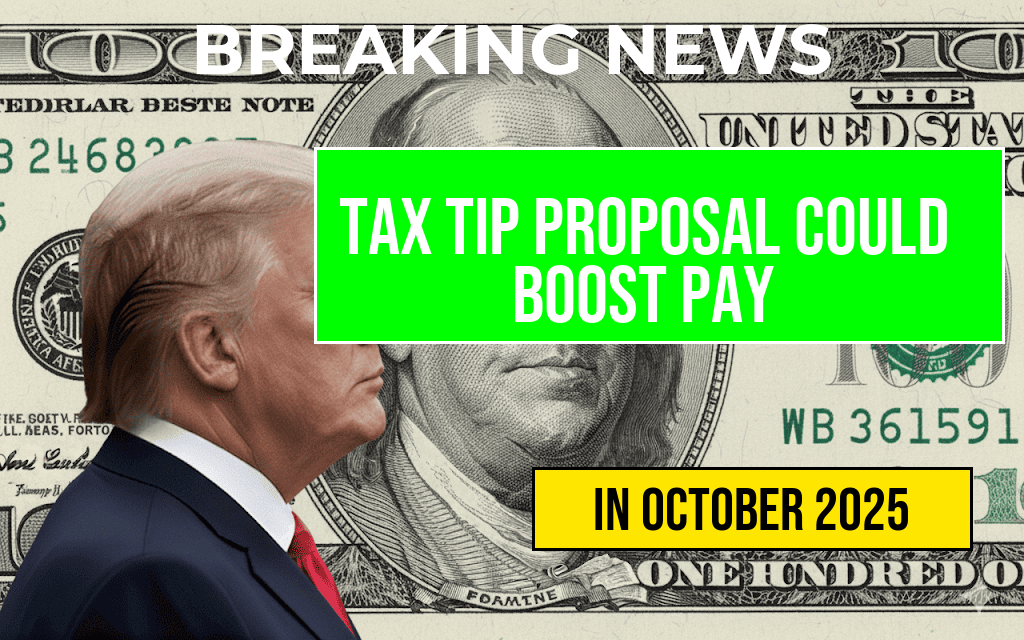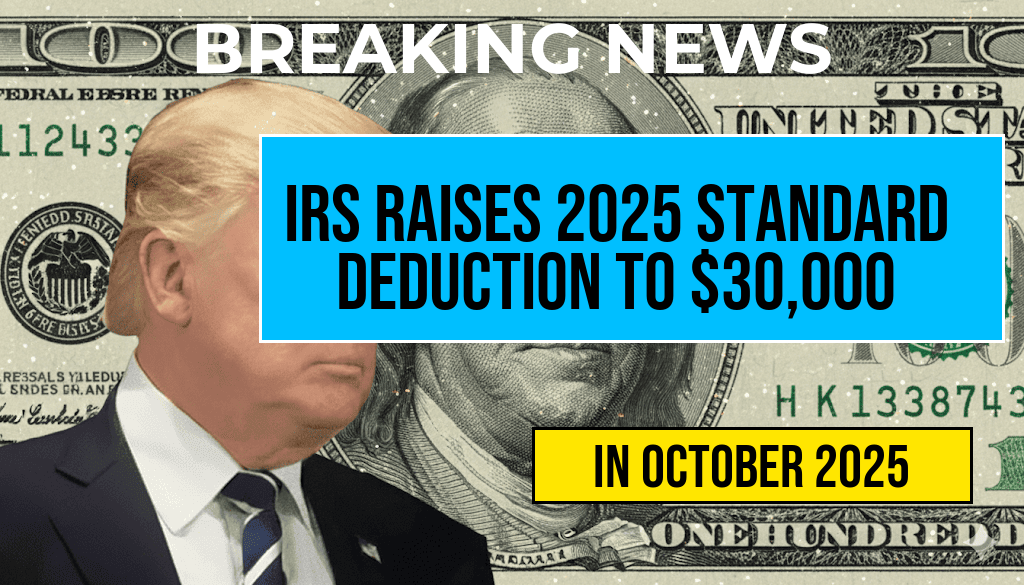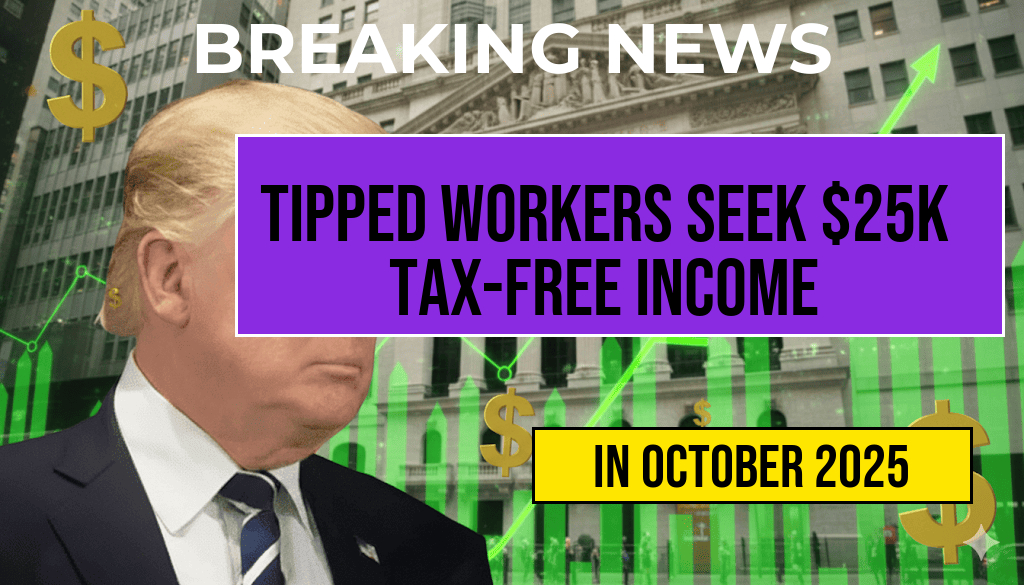Projected 2026 Tax Brackets Could Save a $50,000 Earner Hundreds of Dollars, as Top Rate Drops to 12%, Boosting Real Income
Anticipated changes to the 2026 federal income tax brackets are poised to significantly benefit middle-income earners, especially those around the $50,000 mark. Under the proposed adjustments, the top marginal tax rate is expected to decrease from 22% to 12%, a move that could translate into hundreds of dollars in annual savings for taxpayers in this income bracket. These reforms are part of broader efforts to recalibrate the tax code, making it more equitable and potentially stimulating economic activity by increasing take-home pay. For millions of Americans, especially those working middle-class jobs, the upcoming adjustments could mark a notable shift in their disposable income, with the potential to influence personal financial planning and spending habits.
Understanding the Changes to Federal Tax Brackets
The Internal Revenue Service (IRS) is expected to update the tax brackets as part of a series of reforms aimed at simplifying the tax system and adjusting for inflation. The key change involves lowering the top marginal rate from 22% to 12% for certain income segments, which directly impacts many middle-income households. This shift is projected to reduce their effective tax burden, allowing more of their earnings to be retained rather than paid in taxes.
For context, the current 2023 tax brackets place income over $44,725 up to $95,375 in the 22% bracket for single filers. Under the proposed 2026 structure, this bracket could be redefined so that a larger portion of income falls into lower tax rates, especially for those earning around $50,000. The precise brackets are yet to be finalized, but early estimates suggest that taxpayers earning between $40,000 and $60,000 could see their marginal tax rate drop significantly.
How the Tax Cuts Impact a $50,000 Earner
| Current 2023 Tax Rate | Projected 2026 Tax Rate | Estimated Annual Savings |
|---|---|---|
| 22% | 12% | $400–$600 |
For an individual earning approximately $50,000 annually, the reduction from a 22% to a 12% marginal rate could result in a tax savings of roughly $400 to $600 each year. This is based on the amount of income currently taxed at the higher rate and the portion that would fall under the new, lower bracket. While the exact savings depend on deductions and credits, the overall impact could be substantial enough to influence personal financial decisions, such as increasing savings or reducing debt.
Implications for Personal Income and Spending Power
The potential tax relief for middle-income earners signals a deliberate shift toward broadening the tax base to favor those who contribute significantly to the economy through their labor. Lower tax rates translate into higher disposable income, which can bolster consumer spending—a critical driver of economic growth. For households earning around $50,000, an additional $300 to $600 annually can cover essentials, contribute to savings, or be allocated toward investments.
Economists suggest that such tax reforms could also reduce the pressure on working families facing rising costs for housing, healthcare, and education. By easing the tax burden, policymakers aim to enhance financial stability and promote upward mobility among middle-class Americans.
Broader Context and Future Outlook
The proposed updates are part of a broader effort to modernize the tax system, incorporating inflation adjustments and more progressive tax structures. The changes come amid ongoing discussions about fiscal policy, economic resilience, and income inequality. If enacted, the reforms could set a precedent for future tax policies, emphasizing fairness and economic growth.
Tax experts note that these adjustments also require careful planning from taxpayers. Consulting with financial advisors or tax professionals can help individuals optimize their filings and maximize the benefits of the new brackets. For more on current tax policies and future prospects, resources like the Wikipedia page on U.S. taxation provide comprehensive background, while Forbes offers ongoing analysis of policy developments at Forbes Taxes Section.
Frequently Asked Questions
What are the projected tax brackets for 2026?
The projected 2026 tax brackets suggest a significant reduction in the top tax rate to 12%, which could benefit many earners by decreasing their overall tax liability.
How will the new tax brackets affect a $50,000 earner?
For a $50,000 earner, the expected changes could result in hundreds of dollars in tax savings due to the lower top rate and adjusted bracket thresholds, increasing their real income.
Why is the top tax rate dropping to 12% significant?
The reduction of the top tax rate to 12% is a notable change that could lead to lower overall taxes for higher-income individuals, potentially making the tax system more progressive.
When are these projected tax changes expected to take effect?
The projected tax brackets are anticipated to be implemented by 2026, subject to legislative approval and final tax law adjustments.
How might these changes impact overall economic growth?
Lower tax rates and increased after-tax income for middle and high earners could boost consumer spending and economic activity, potentially fostering growth in the economy.










